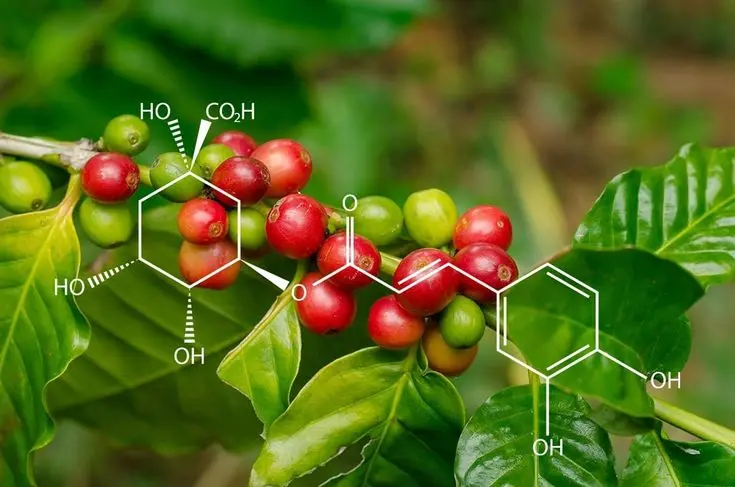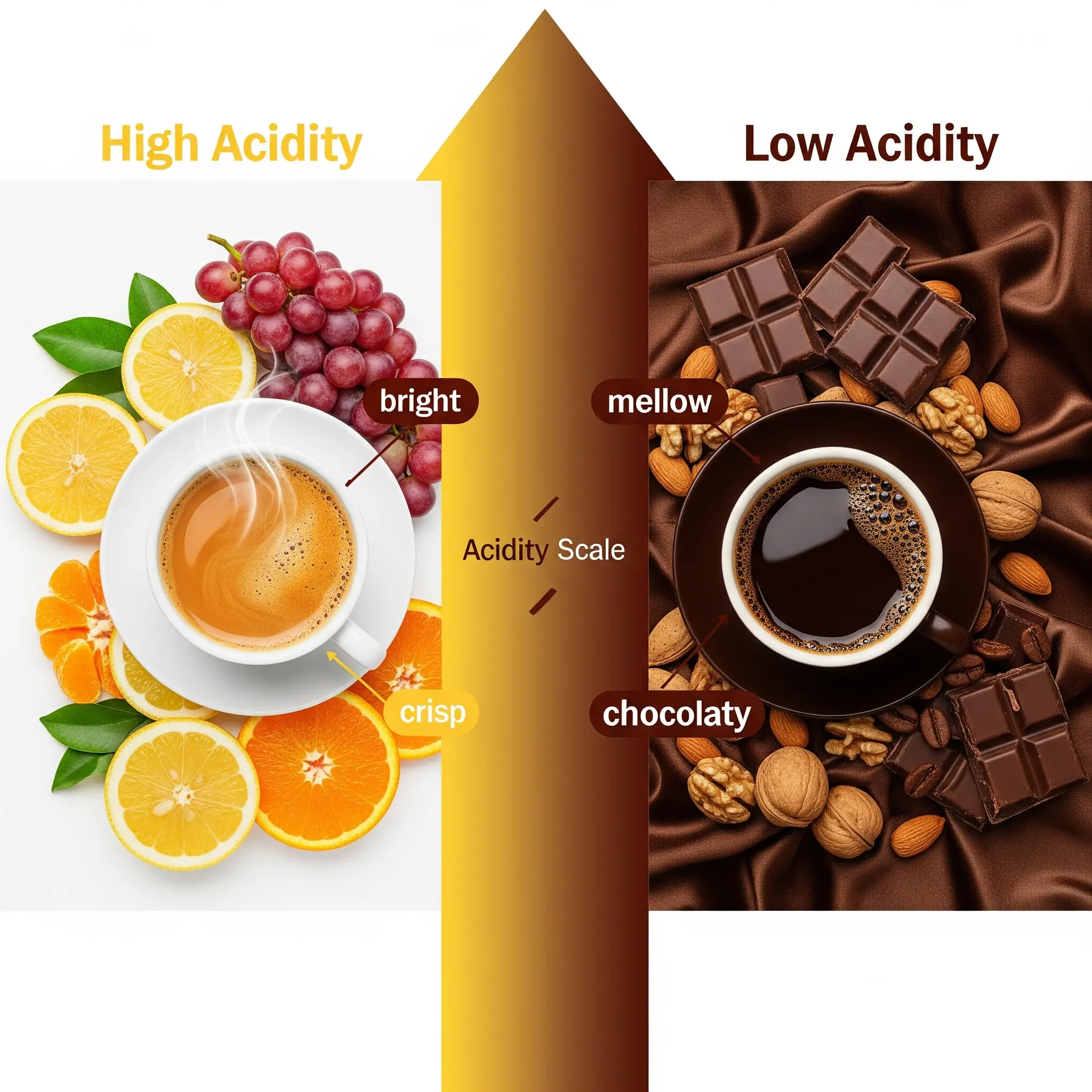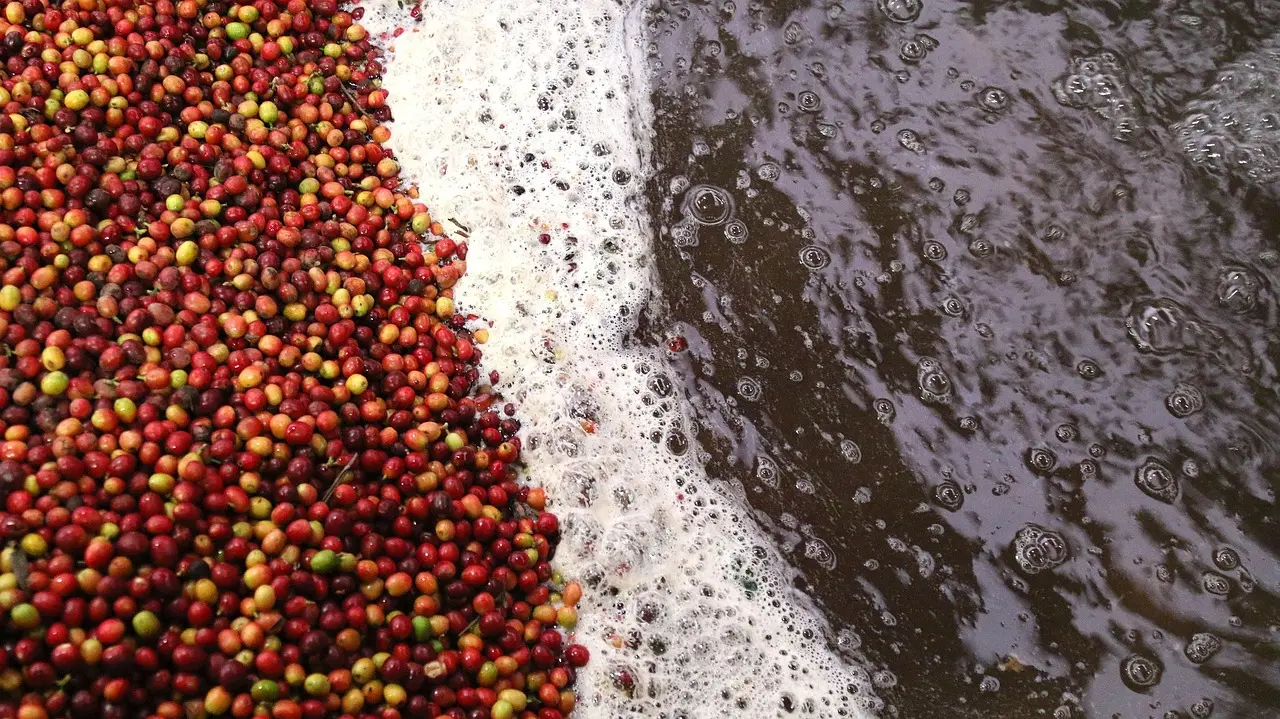
Coffee Acidity: Understanding Flavor, Types, and Brewing Impact
When coffee lovers talk about acidity in coffee, they don’t mean the sour stomach kind of acidity. Instead, it refers to the bright, lively, and crisp flavors that make specialty coffee taste vibrant and exciting. Acidity is one of the most important elements of coffee tasting, influencing how fresh and flavorful your cup feels.
In this blog, we’ll explore what coffee acidity is, different types of acidity, what creates acidity, how to read acidity levels, and how brewing methods affect acidity. By the end, you’ll know how to enjoy acidity in coffee and choose the perfect brew.
What is Coffee Acidity?
Coffee acidity describes the tangy, fruity, and sparkling notes found in high-quality beans, especially those grown at higher altitudes. It’s not bitterness or sourness but rather a pleasant sharpness that balances sweetness and body.
Coffee with good acidity often has floral, fruity, or citrus flavors, making it refreshing and complex. For example, African coffees from Ethiopia or Kenya are known for their bright acidity with berry or lemon notes.

Different Types of Acidity in Coffee
Coffee acidity can be broken down into different types based on flavor characteristics. Some of the most common are:
Citric Acidity – Gives coffee a fresh lemon, lime, or orange flavor. Found in bright African coffees.
Malic Acidity – Reminds you of green apples, pears, and stone fruits. Common in Central American coffees.
Tartaric Acidity – Similar to grapes or wine, giving coffee a juicy mouthfeel.
Acetic Acidity – Brings a vinegar-like tang that, when balanced, adds complexity, but too much can taste unpleasant.
Phosphoric Acidity – Creates sparkling, soda-like sensations in coffee, often found in washed African beans.
Lactic Acidity – Adds creamy, yogurt-like smoothness, making coffee feel rounded.
These types of acidity are highly valued in specialty coffee tasting and play a huge role in how professional baristas and roasters describe flavor notes.
What Creates Acidity in Coffee?
Several factors influence the acidity levels in coffee:
Origin & Altitude: Coffees grown at higher altitudes (Ethiopia, Kenya, Colombia) usually have brighter acidity.
Soil Composition: Mineral-rich volcanic soils produce complex acidity in beans.
Processing Method: Washed (wet-processed) coffees usually have higher acidity, while natural (dry-processed) coffees tend to be sweeter and fruitier.
Roast Level: Light roasts preserve acidity, medium roasts balance it, while dark roasts reduce acidity, creating more bitterness.
Freshness: Freshly roasted and ground coffee retains more lively acidity than stale beans.

Reading Coffee Acidity Levels
Coffee acidity is often described in cupping notes by roasters. Common terms include:
Bright – Lively, sharp, citrus-like flavor.
Crisp – Clean and refreshing.
Mellow – Soft acidity with a smooth finish.
Sparkling – Effervescent, almost soda-like sensation.
If you see a coffee labeled as “bright, fruity, or wine-like”, expect higher acidity. On the other hand, descriptors like “chocolaty, nutty, or earthy” usually mean lower acidity.

Acidity and Brewing
Your brewing method can increase or soften coffee acidity:
Pour-Over (V60, Chemex, Kalita) – Highlights acidity, making flavors bright and clean.
Espresso – Intensifies acidity but balances it with body.
French Press – Produces a fuller, lower-acidity cup.
Cold Brew – Almost eliminates acidity, resulting in smooth, chocolaty flavors.
AeroPress – Depending on grind size and brew time, it can either highlight or balance acidity.
Brewing variables like water temperature, grind size, and extraction time also affect acidity. Hotter water and finer grind usually extract more acidity, while cooler water and coarser grind mellow it.

Final Thoughts: Finding Your Perfect Balance
Coffee acidity is not a flaw—it’s a signature of quality. The next time you sip your morning brew, pay attention to the lively notes in your cup. Do you enjoy the bright, citrusy acidity of Ethiopian beans, or the smooth, mellow acidity of Colombian coffee?
The key to enjoying coffee acidity lies in understanding your taste preferences and choosing the right beans and brew method. Whether you love a crisp pour-over, a creamy espresso, or a smooth cold brew, coffee acidity makes every cup unique and memorable.
















